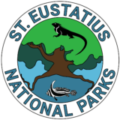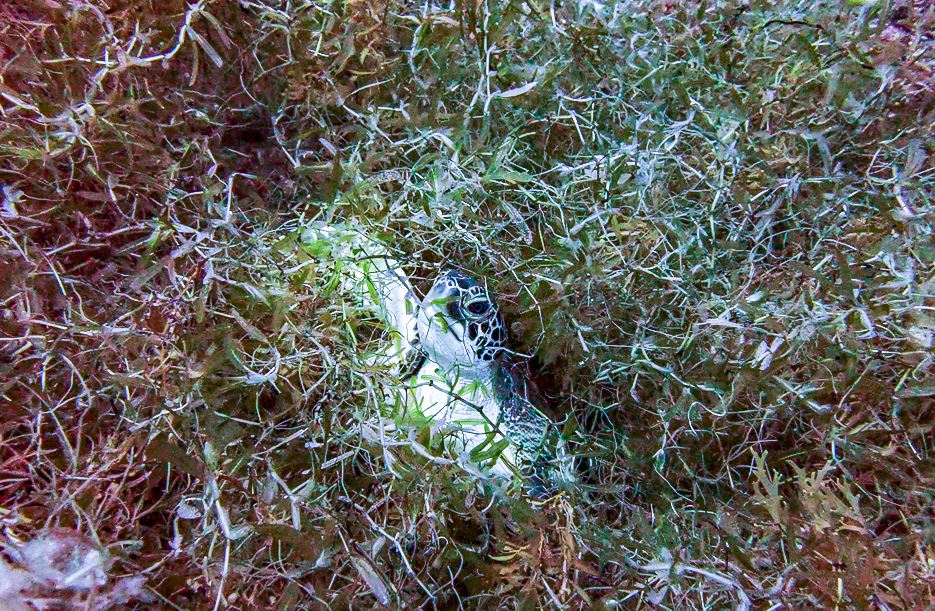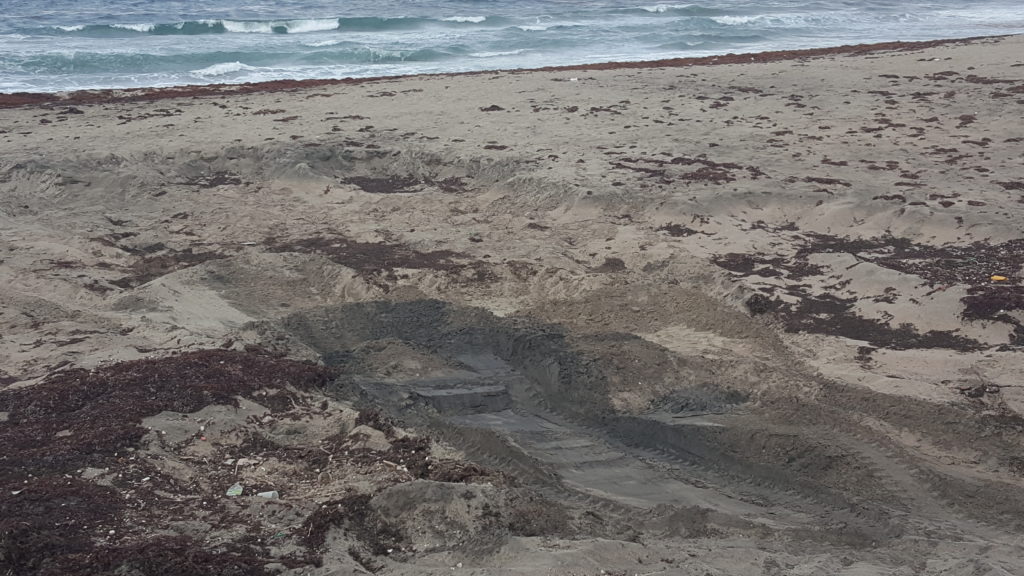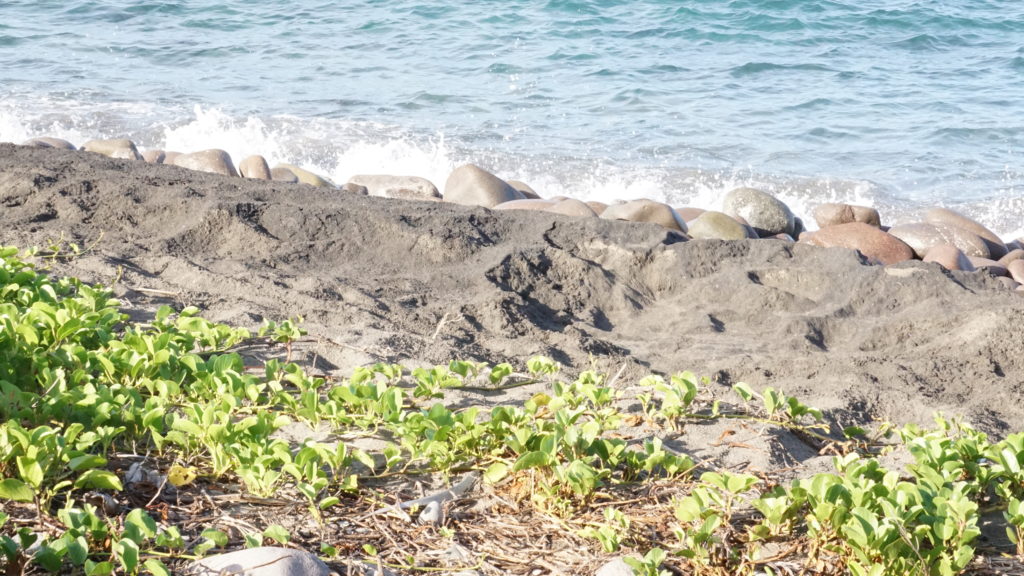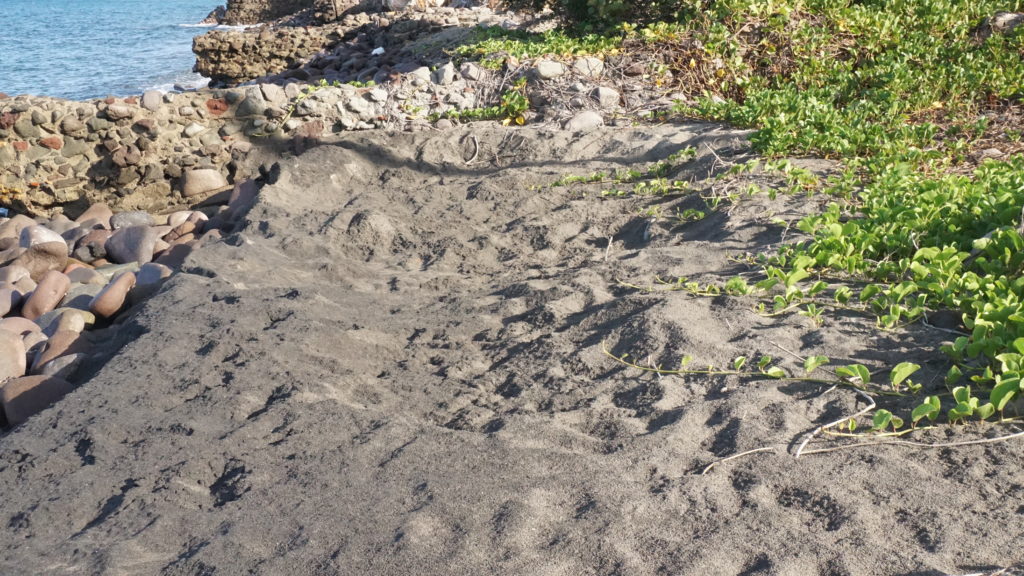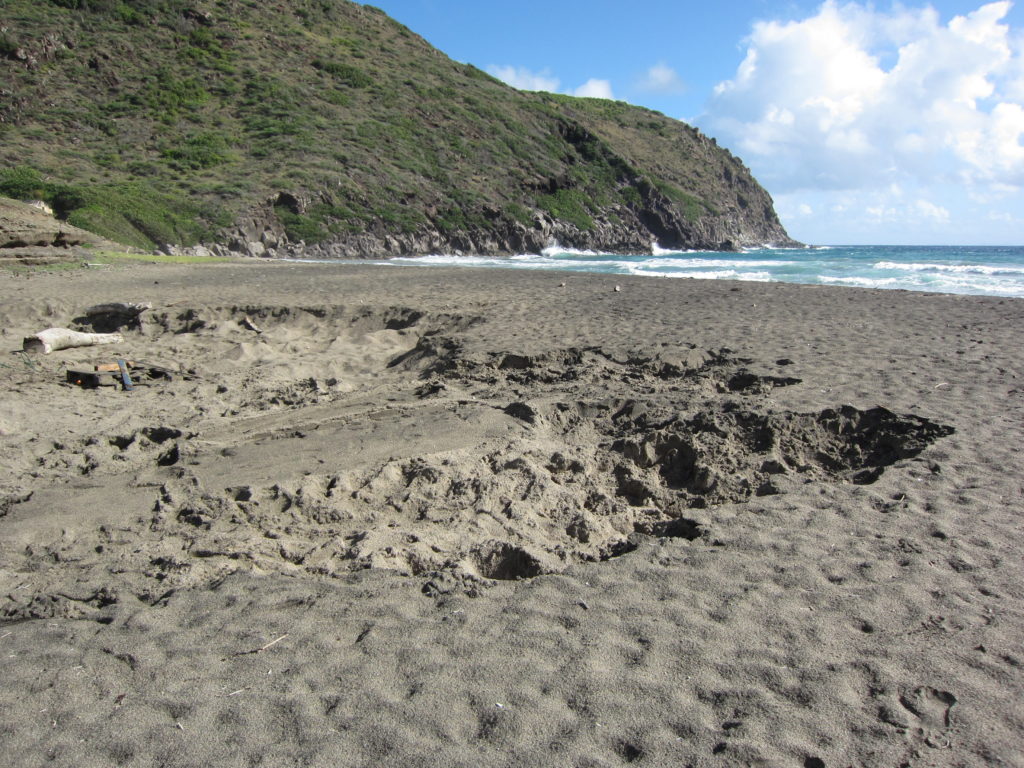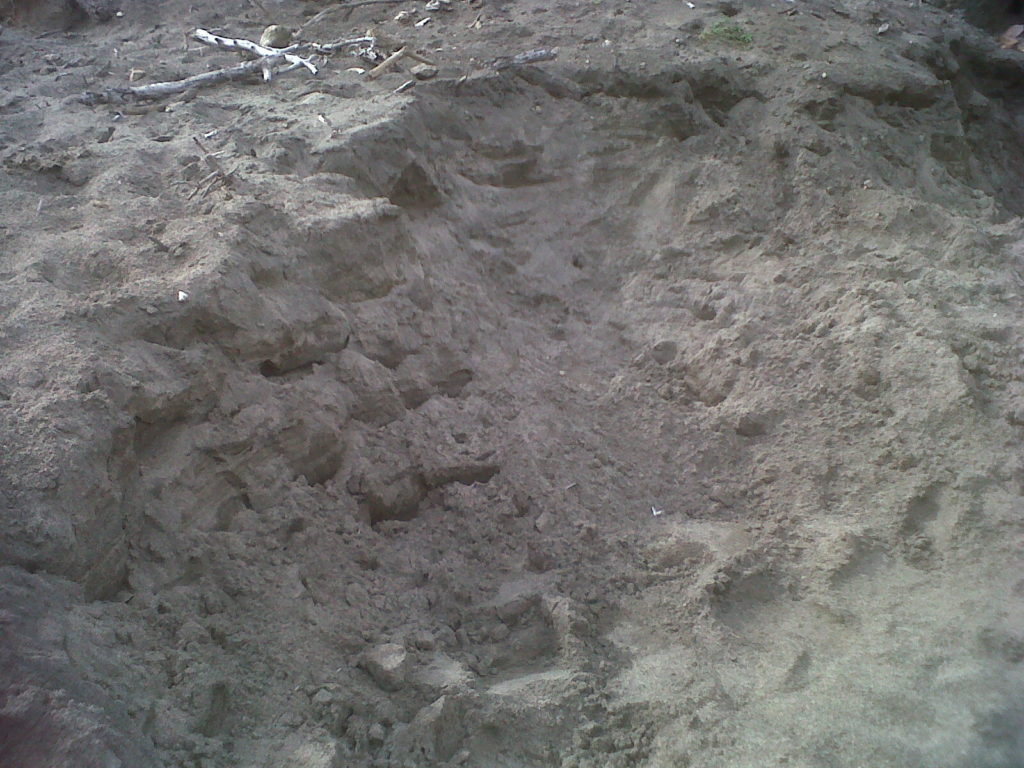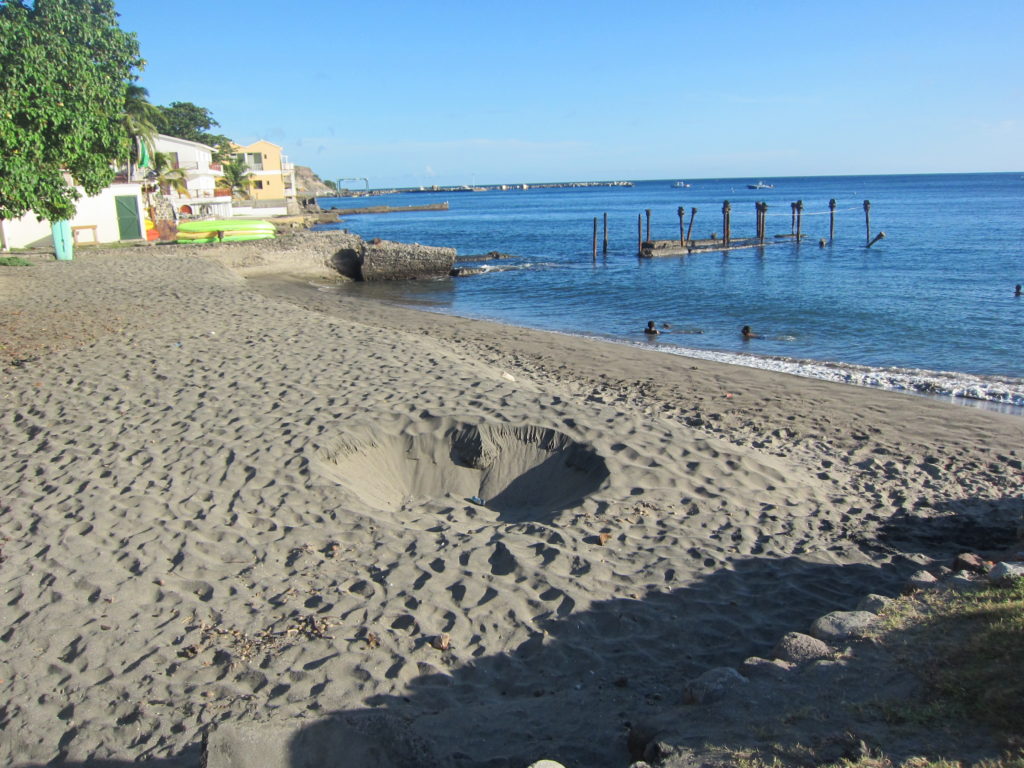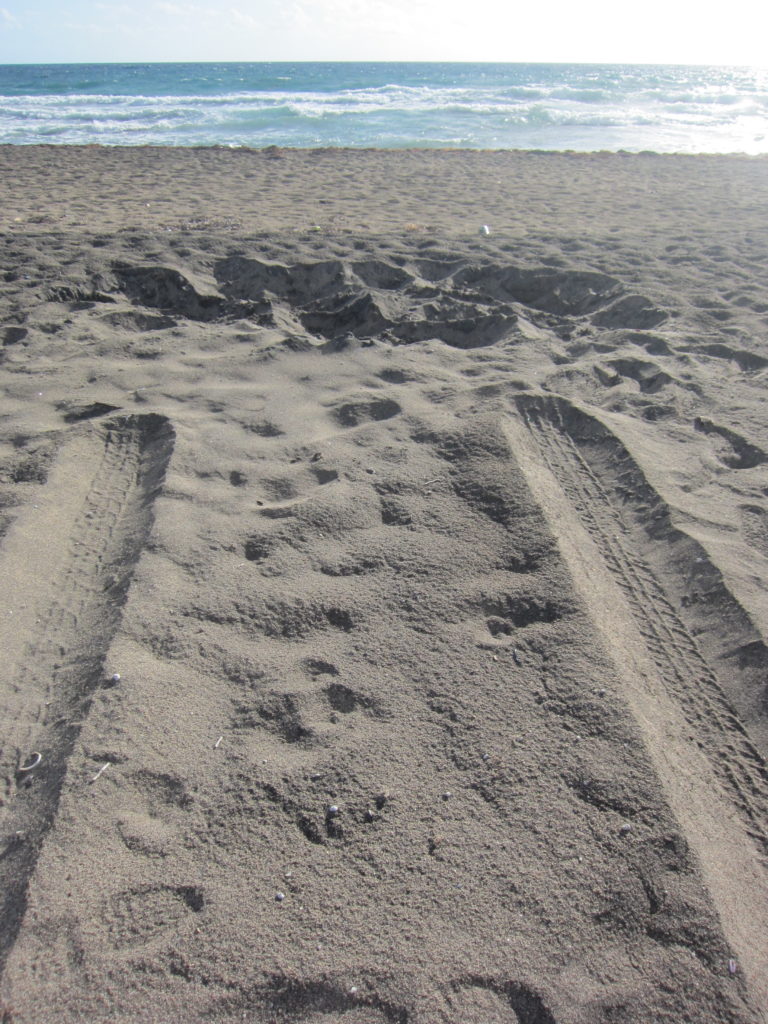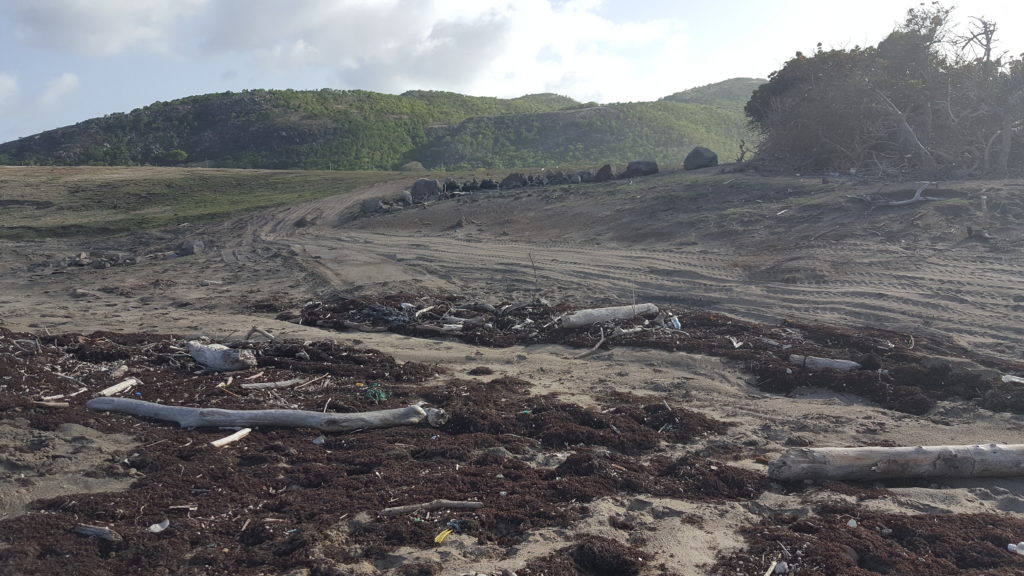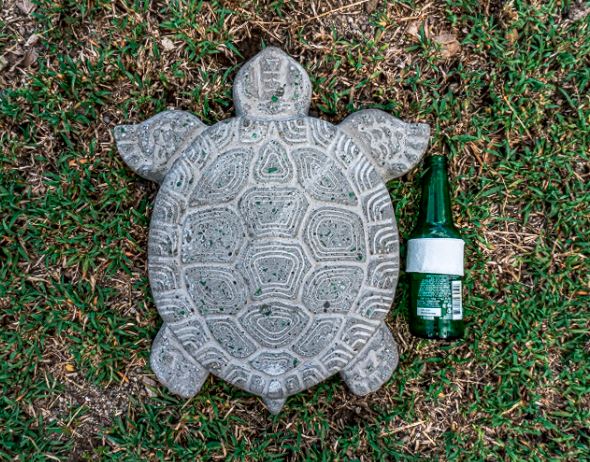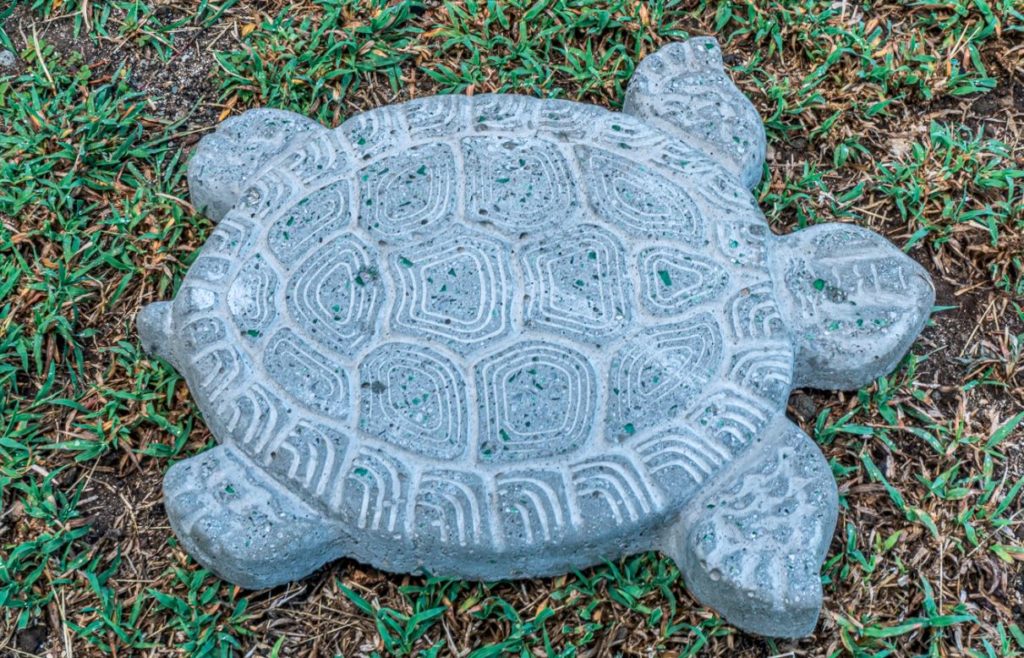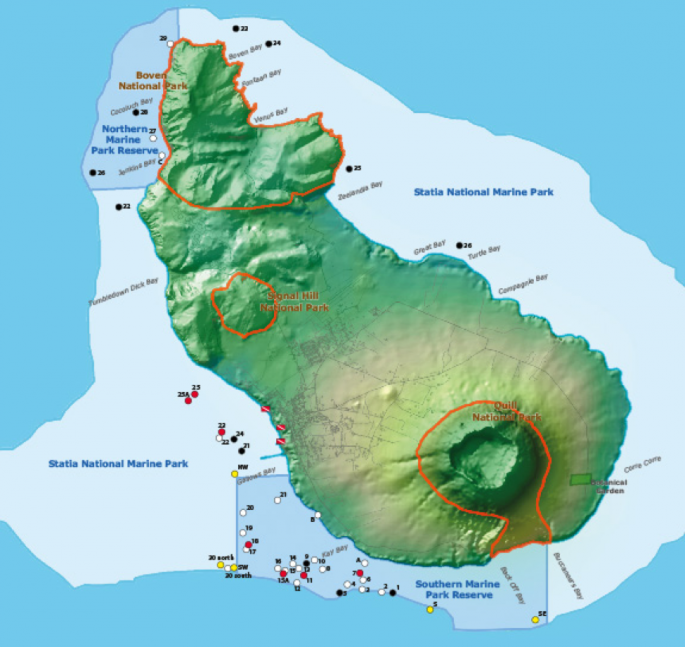It is World Sea Turtle Day and the last day of Sea Turtle Week and we have compiled all the sea turtle related videos and photos that we shared since World Oceans Day on June 8th. You may have missed one or two videos or simply want to watch them again. Remember to share the love and support for the conservation of these endangered sea creatures.
Sea turtles and their behaviour with other sea life
How sea turtles breathe and interact with their habitat
The journey of sea turtle hatchlings
Global Warming has been heating up the sand on beaches across the world. Before, some nests will be hot enough to create females while some are cool enough to create males. Now, most nests are too hot for male hatchlings to develop. ‘Hot Chicks, Cool Dudes’
Liam represents these diminishing male sea turtles. The imbalance spells negative outlooks for the growth of sea turtle populations as they are now more likely to meet another female than a potential mate.
STENAPA protects Statia’s sea turtles
This is Part 1 of the informative video.
Sand-mining, one of the major threats to sea turtle beaches on Statia
It is sea turtle nesting season and Flippa and other adult female sea turtles are searching for nesting beaches. Less than two months later, hatchlings like Liam and Tini will emerge amongst their siblings to make their way to the great big blue. Sand-mining of these beaches (as seen in the photos) removes nesting areas, and can potential dig up a nest that has yet to emerge.
Such practices are in conflict with international laws that protect turtle beaches. Sand for construction is available on the island for sale. Access of cars to the eastern beaches of St Eustatius has been blocked almost fully as cars can destroy turtle nests. This blockade has lead to few sand-mining incidents and on a smaller scale. Unfortunately, sand-mining has not stopped completely.
Support sea turtles conservation and up-cycling
Pollution of our beaches is another threat to our nesting sea turtle population. Do you remember the bottle that could have trapped Liam, the leatherback hatchling, as he crawled to the sea. You can support the recycling of this waste by ordering Sea Turtle garden path stones for your garden.
Cement and crushed recycled glass is used to create these pieces of art. They are done to order at $15 per path stone. Package deal of 5 stones at $14 each. Proceeds of every purchase goes directly towards the Sea Turtle Conservation Program on St Eustatius (watch the last two videos above).
To order, call: + 599 318 2884
More interesting information
If you listened to Part 2 of our sea turtle conservation you would have heard about satellite tracking of Shellie, Track and a few other sea turtles. Below is a mapping of loggerhead turtles and their desired foraging habitat.


